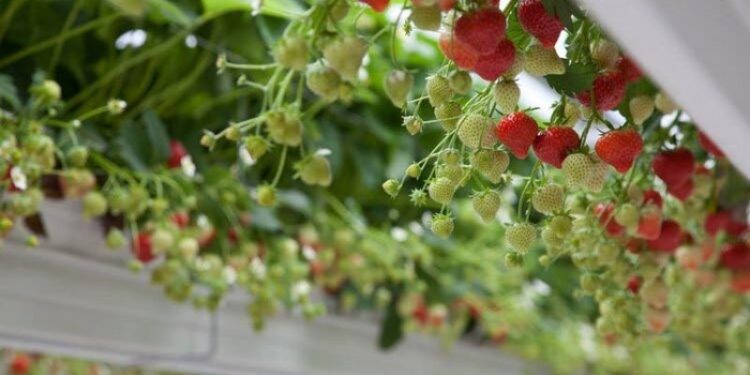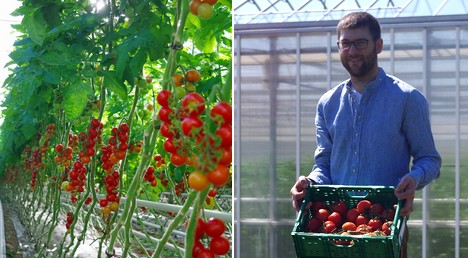Michael Penninx of Penninx Strawberry Nursery did a test with a nanobubble generator early last year. This led to a decrease in disease and increased yields in his nursery.
The strawberry nursery Penninx has been growing glass strawberries on 1 hectare since 2011 in Helenaven, Brabant. Although the nursery has year-round access to clean rainwater, organic pollution has remained a problem in the irrigation system. “Organic pollution was especially high in the early spring when we used little water,” says growing manager Michael Pennincks. “We also saw an increase in organic pollution in the summer.’
That’s why Penninx began experimenting with the Moleaer nanobubble generator early last year. “A section of the faucet, covering approximately 25 percent of the surface area, was used as a control group and was not treated with nanobubbles,” explains Pennincks. ‘The remaining 75 percent received water enriched with nanobubbles.’ The water from the two test groups was collected separately from each other.
Decreased disease, increased yields
The results of measurements carried out by the Fragaria Innova Strawberry Innovation Center show that higher levels of pythium and late blight were present in the crop without nanobubble treatment. “DNA scans clearly showed that levels of both pythium and late blight were significantly reduced after treatment with nanobubbles,” says Pennincks. According to the innovation center, this is due, among other things, to the fact that nanobubbles are erasing biofilm from irrigation systems with the help of disease handlers.
In addition to lower disease pressure, Penninx experienced higher average fruit weights and higher yields in the part of the greenhouse treated with nanobubble water. Sonsion strawberries planted in the first months of the year had an average fruit weight 4.9 percent higher on the new substrate and even 6 percent higher on the old substrate. Favori media production increased by 10.5 percent and oud susbtraat by more than 12.5 percent.
Less organic pollution
Penninx points out that the filter cleaning was scheduled for four weeks. – Now it happens much less often. Backwashing of the sand filter of the fertilizer plant was also required much less frequently. The irrigation water day tank remained clean, almost free of any organic contamination. ‘












